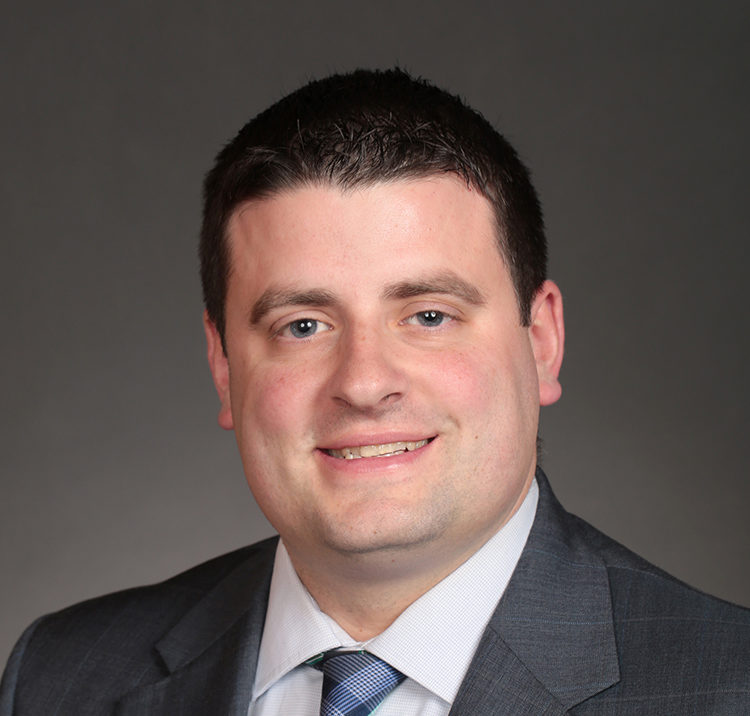Week two at the Capitol was a short week with Monday off for Martin Luther King Jr. Day. We were still able to make progress, however, on a number of House priority bills as well as the Governor’s ESA proposal.
This school choice debate has been ongoing for three straight sessions. First let me outline what this year’s bill, called HSB 1, will do and how it’s different from past proposals.
HSB 1: Providing Choice to Parents While Keeping Public Schools Strong
Under this proposal, the state will contribute $7,598 to an educational savings account for students attending private schools. The amount of students eligible for an ESA will expand each year until Fiscal Year 2027 when the bill is fully implemented and every student is eligible to apply for an ESA.
Her bill this session has some key differences from the proposal she introduced last session.
- This bill changes the way we count students and allocate money. Students who leave public school to attend private school with an ESA will still be counted in the public school’s total. $1,205 per student attending a private school in the district would be allocated to the public school.
- Also new in this year’s proposal is increased flexibility for how school districts can spend their money. Right now, the State earmarks school districts’ budgets for specific programs and some of those dollars go unspent. The Governor’s proposal will allow school districts to use funds dedicated to certain purposes to increase teachers’ salaries instead.
Here’s How We Can Afford It
House Republicans have a reputation at the Capitol for being very cautious when it comes to the state budget. We do not rush into new government programs or tax cuts without looking well into the future to see if those ideas are viable long-term. This frustrates people on both sides of the political spectrum, but it has ensured that we do not have to enact across-the-board budget cuts like Democrats did in 2009 and 2010 when they controlled the Governor’s office and both chambers of the Legislature.
I’ve heard from a lot of folks with concerns over the cost of this program. Some organizations in opposition to the bill are trying to churn up as much fear as possible and sharing misleading figures as to how much this bill costs. It’s important to me that no matter what side of the bill you may be on, that you understand that we would not pass a bill without being sure we can afford it. Here are the facts you need to know:
- When fully implemented in FY 27, the projected cost of this program is $341 million. (Not “almost a billion dollars” as we’ve heard from special interest groups.)
- In the same year, the state is projected to spend $3.9 BILLION on public education.
- Given current projections, in that same year the state will have a $3.1 BILLION ending balance and $3.7 BILLION in the Taxpayer Relief Fund.
- These numbers take into account the tax cuts we passed and promised to voters last session.
We have done our due diligence and determined that this program can fit within the long-term budget parameters and not impact the ability to fund other state programs like public safety, Medicaid, mental health, and future increases in the school funding formula. Ultimately, $341 million amounts to just 4% of the state’s annual budget. This program is not an existential threat to public education.
Iowa can afford HSB 1.

















